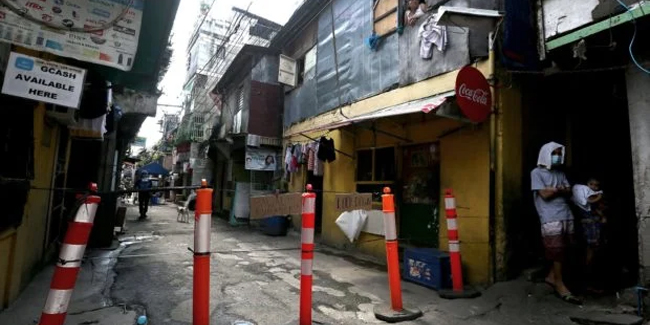Malacañang announced that the government will expand the pilot testing of the Alert Level System to 19 areas.
On Tuesday, Malacañang announced that the government will expand the pilot testing of the alert level system to 19 areas outside Metro Manila.

Presidential spokesperson Harry Roque said in a Presidential press briefing Tuesday that the government will expand the implementation of its new alert level system beyond Metro Manila from October 20 to October 31.
Areas will be placed under the following alert levels:
Alert Level 4
- Negros Oriental
- Davao Occidental
Alert Level 3
- Cavite
- Laguna
- Rizal
- Siquijor
- Davao City
- Davao del Norte
Alert Level 2
- Batangas
- Quezon province
- Lucena City
- Bohol
- Cebu City
- Lapu-Lapu City
- Mandaue City
- Cebu province
- Davao de Oro
- Davao del Sur
- Davao Oriental
According to the Palace spokesman, the government was expanding the pilot implementation of the alert level system while scrutinizing the results of the initial pilot.
“Kapag napag-aralan naman talaga na mas epektibo itong [ALS], i-implement ito on a nationwide basis. Pero ngayon, limited pilot study pa rin po tayo,” Roque said.
READ ALSO: Eleazar Orders NCR Cops To Strictly Implement Health Protocols As Alert Level Lowered
The alert level system had been exclusively observed in Metro Manila – the center of commerce in the Philippines – for the past month and the alert level in the region was recently downgraded from alert level 4 to alert level 3 amidst the high vaccination rate of its residents.
Roque also said that other parts of the Philippines not mentioned in the list of the expanded pilot will retain their community quarantine classifications — MECQ, GCQ with heightened restriction, GCQ, and MGCQ.
“Meanwhile, the metrics for placing provinces, HUCs (highly urbanized cities) and ICCs (independent component cities) under alert level 1 are amended to include the full vaccination of at least 70 percent of their A2, A3, and eligible population,” Roque’s presentation read.
The pilot study expansion had been approved by the Inter-Agency Task Force for the Management of Emerging Infectious Diseases (IATF-MEID) through Resolution no. 144-D.
Roque also announced the allowed establishments and activities in areas under the new alert system.
Here are the activities allowed in each alert level pic.twitter.com/8yajBfxP1X
— CNN Philippines (@cnnphilippines) October 19, 2021
Meanwhile, the enforcement of Alert Level 3 in Metro Manila started last October 16 and will last until October 31.
For more news and updates, you may feel free to visit this site more often. You may also visit Newspapers.ph via our official Facebook page and YouTube channel.
